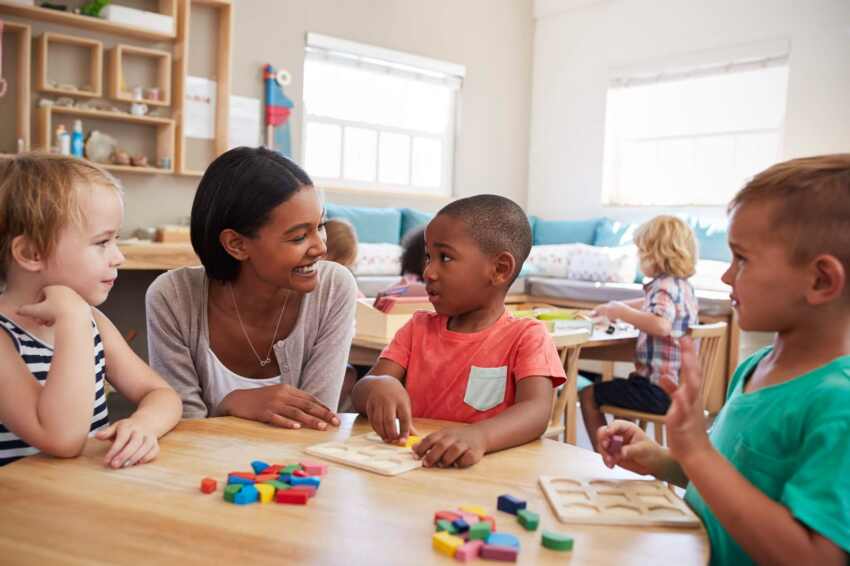Exploring the World of Measurement: Montessori Activities for Hands-On Learning
Measurement is an integral part of our daily lives, from cooking and crafting to understanding the world around us. In the Montessori education approach, measurement is introduced to young children through hands-on activities that allow them to explore and understand the concept in a concrete way. These activities not only help children develop a strong foundation in math and science, but also foster a love for learning and curiosity about the world. In this article, we will explore the world of measurement through the lens of Montessori education, and provide some hands-on activities that parents and educators can use to engage children in the exploration of measurement.
Introduction to Measurement
Before diving into specific activities, it is important to note that Montessori education emphasizes the use of concrete materials to introduce abstract concepts. When it comes to measurement, this means providing children with tangible objects that they can use to compare and quantify. For example, instead of simply talking about the concept of length, children are given access to materials like rods and cubes that they can use to physically measure and compare different objects. This hands-on approach not only makes the concept of measurement more understandable, but also encourages children to actively engage with the materials and develop their problem-solving skills.
Montessori Measurement Activities
1. Measuring Length with Bead Chains
One of the key measurement activities in the Montessori classroom involves the use of bead chains to measure length. Children are given a set of bead chains of different lengths, and are encouraged to use them to measure objects in the classroom. For example, they can use a 10-bead chain to measure the length of a table, or a 5-bead chain to measure the length of a book. This activity not only helps children understand the concept of length, but also allows them to practice their counting skills and develop a sense of spatial awareness.
2. Comparing Weight with a Balance Scale
Another important measurement activity in the Montessori classroom involves the use of a balance scale to compare the weight of different objects. Children are given a set of objects of varying weights, and are encouraged to use the balance scale to determine which objects are heavier or lighter. This activity not only helps children understand the concept of weight, but also allows them to practice their observation skills and develop a sense of symmetry and balance.
3. Exploring Volume with Measuring Cups
In the Montessori classroom, children are also introduced to the concept of volume through the use of measuring cups. Children are given a set of measuring cups of different sizes, and are encouraged to use them to measure and compare the volume of different liquids. This activity not only helps children understand the concept of volume, but also allows them to practice their pouring and measuring skills, as well as develop a sense of precision and accuracy.
Measurement is a fundamental concept that is essential for understanding the world around us. In the Montessori classroom, children are introduced to measurement through hands-on activities that allow them to explore and understand the concept in a concrete way. By providing children with tangible objects and materials, Montessori education helps children develop a strong foundation in math and science, as well as a love for learning and a curiosity about the world. Through activities like measuring length with bead chains, comparing weight with a balance scale, and exploring volume with measuring cups, children are able to engage in the exploration of measurement in a meaningful and enjoyable way.
Nidhin
For More Details Call: +917510220582

